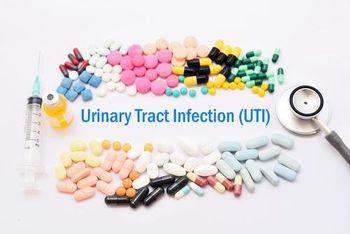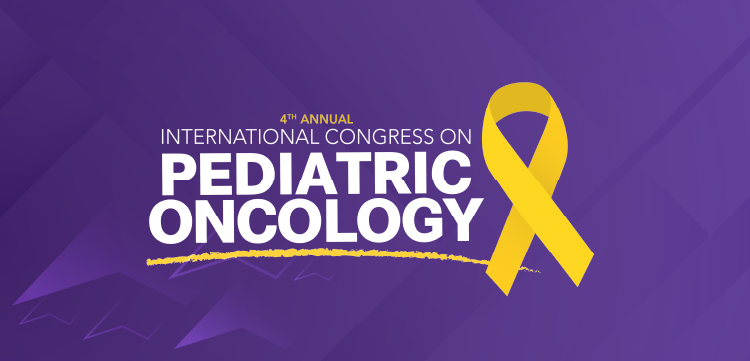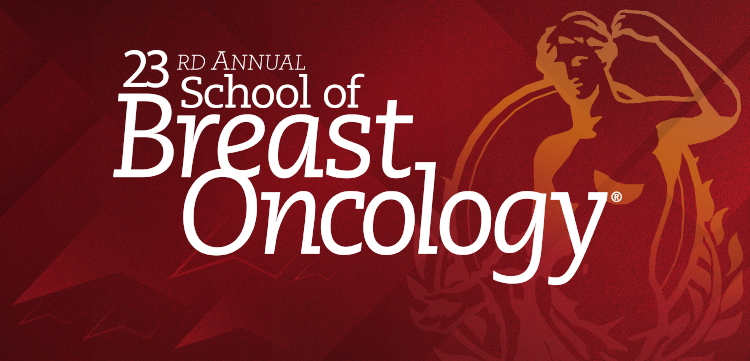
Optimizing Management of Complicated UTIs
An expert in infectious diseases reviews best practices for improving personalized medicine when treating complicated urinary tract infections and highlights the importance of antimicrobial stewardship.
Kim Leuthner, PharmD, FIDSA: What can be done for improving personalized medicine for treating complicated UTIs [urinary tract infections]? With the development of electronic health records, we should be able to develop systems that hospitals could use to communicate, especially between institutions for past medical history of resistance, isolation, and things along those lines. In Nevada, a patient transfer form is required to be filled out between patients being transferred from any types of institutions—from a rehab [facility] to a nursing home, from a nursing home to a hospital. One of the major requirements of this is [communicating] what multidrug-resistant organisms the patient has the patient been infected with or colonized with, so we have better communication about getting patients put in isolation as quickly as possible. If the patient is infected, this provides an idea of what empirical choices might be reasonable until we have cultures in definitive therapy. If we could work toward that as a group of health care professionals, then we’d be able to help interfere the spread much sooner in the process.
What’s the importance of antimicrobial stewardship? I’ve been doing stewardship at my institution [University Medical Center of Southern Nevada] for almost 15 years, and stewardship is 1 of the better ways, not only to monitor what’s going on in an institution but also to provide appropriate education on the changes in the environment, pathogens, and dosing and the different aspects that can directly impact patient care. Although stewardship doesn’t stand on its own, it needs to work closely with the infection preventionist for isolation and for appropriate cleanliness, and with the physicians and prescribers to optimize dosing, to encourage appropriate diagnostics, and to identify the actual infections of patients. It should be working with the microlaboratory so we can optimize information provided to the resources so it’s provided in a reasonable and quick amount of time. That way, we can focus everything on our patients. It’s the backbone for trying to improve and tackle resistance pathogens in our institutions.
How can we improve on antimicrobial stewardship? One of the biggest things is that we need to get better buy-in from individual physicians and practitioners to understand that stewardship isn’t the antibiotic police. Stewardship assists in making sure that patients are being treated optimally and that dosing is correct, and it encourages diagnostics. It’s not there just to interfere with what they’re trying to do. On the flip side, we need physicians to understand that not every fever is caused by an infection. Other things that would be optimal would be to improve the diagnostics, getting better idea of an infection that can be treated by antibacterials vs being a little more hesitant: “Maybe this is a virus or maybe it’s not, so we’re going to keep antibiotics.” Ultimately, we have the ability to improve these things so we can optimize patient care and decrease the impact on the microbiome. It’s tough, but it’s possible.
I’m very blessed that I work in a multidisciplinary group and that I work with some very good physicians. I have good microbiologists and infection preventionists, so we’re able to provide a lot of information and help our physicians quickly and collaboratively to hopefully prevent resistance. I have data at our institution. We’re doing pretty well, but we’ve also done it as colleagues. That’s going to be the key: not fighting one another but working together.
Transcript Edited for Clarity
Newsletter
Stay ahead of emerging infectious disease threats with expert insights and breaking research. Subscribe now to get updates delivered straight to your inbox.


































































































































































































































































































